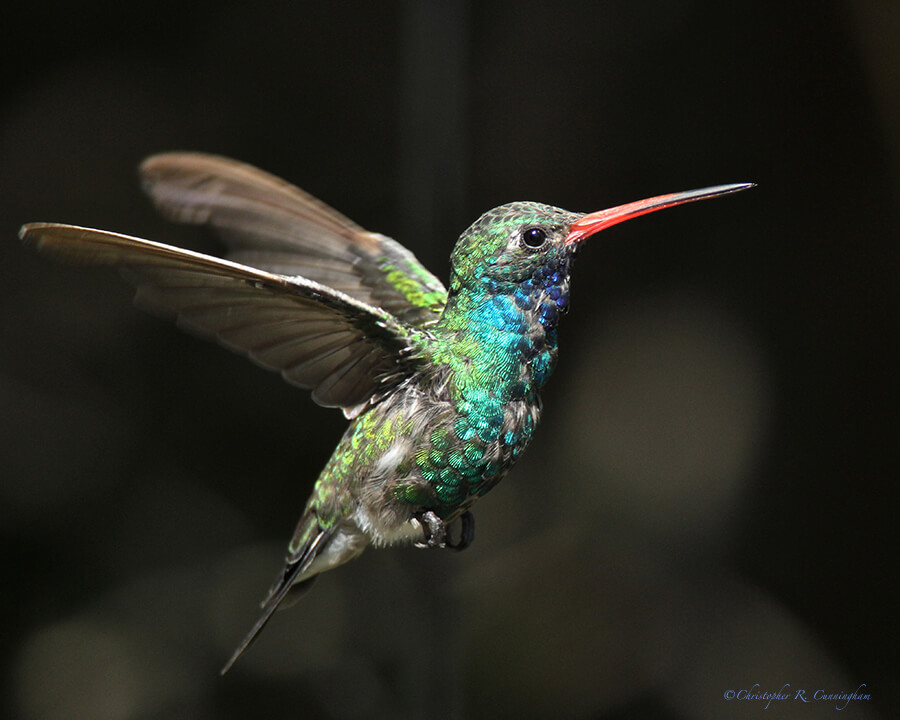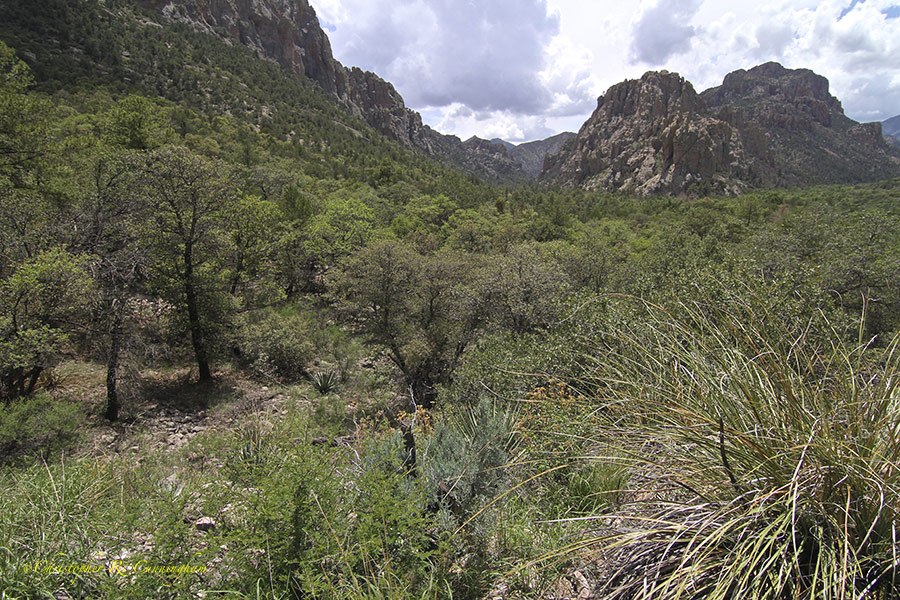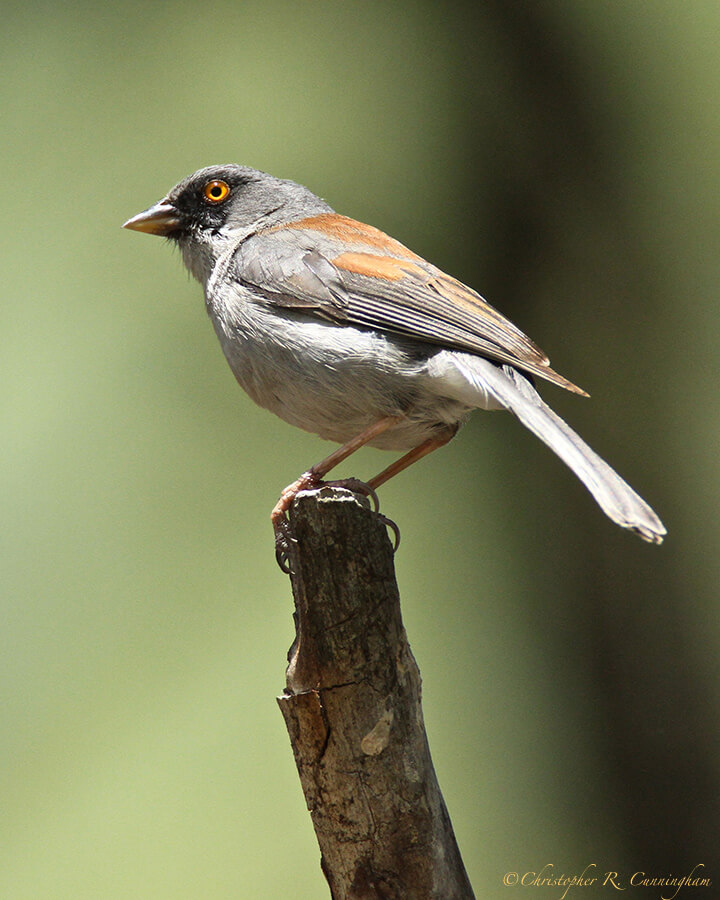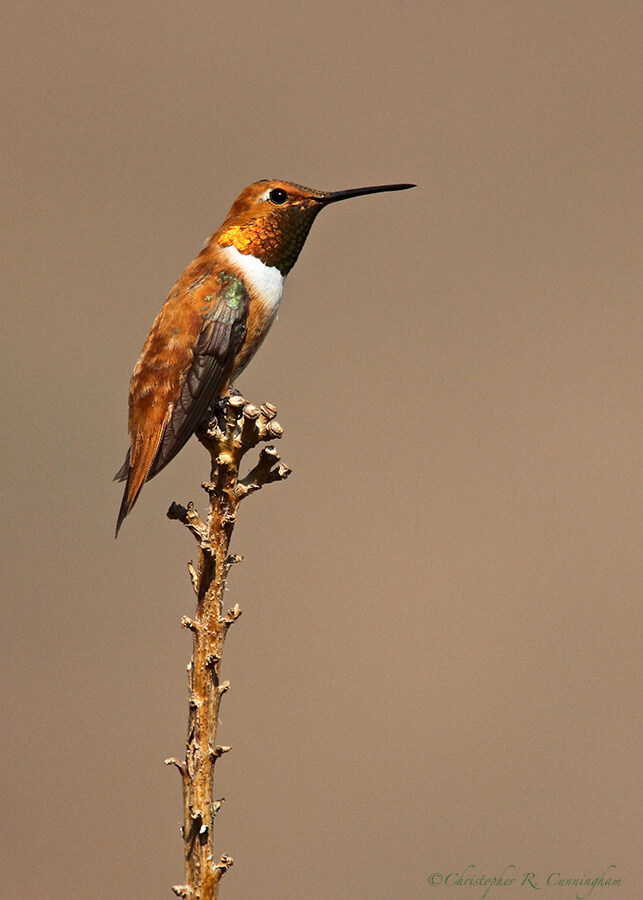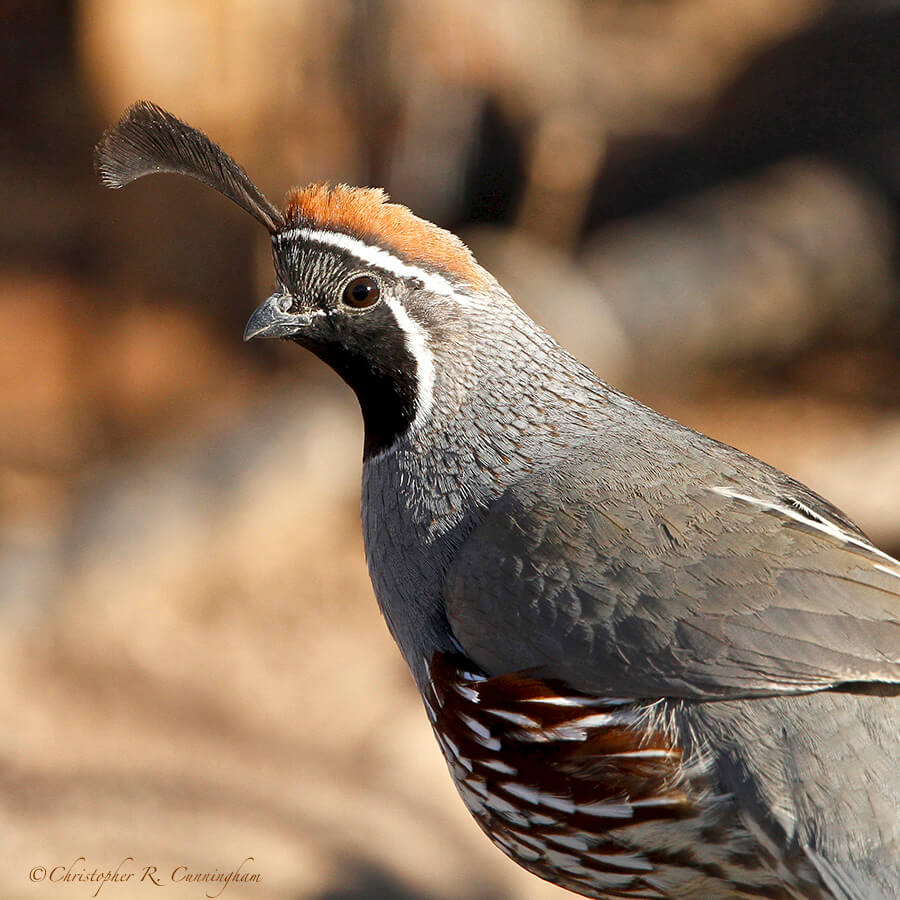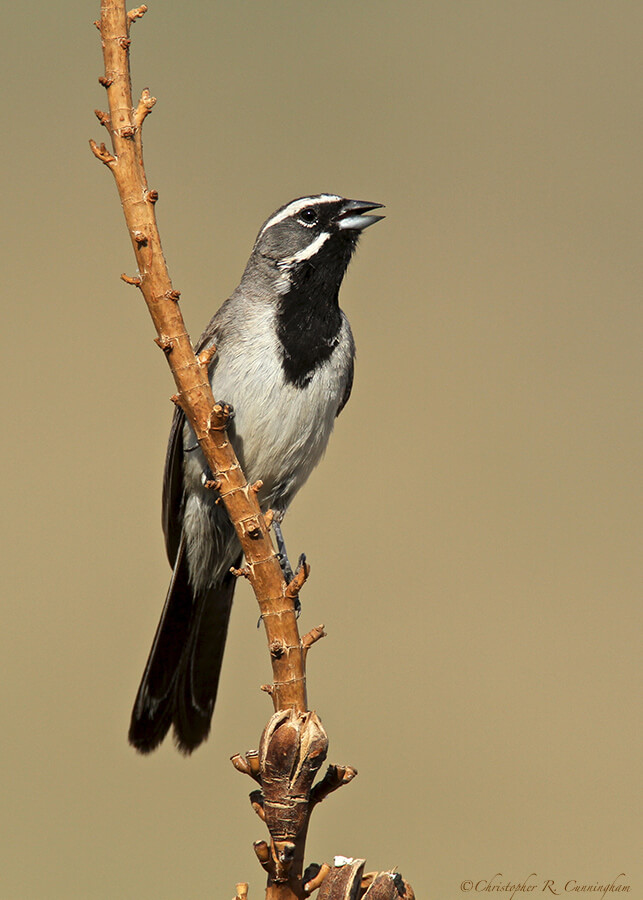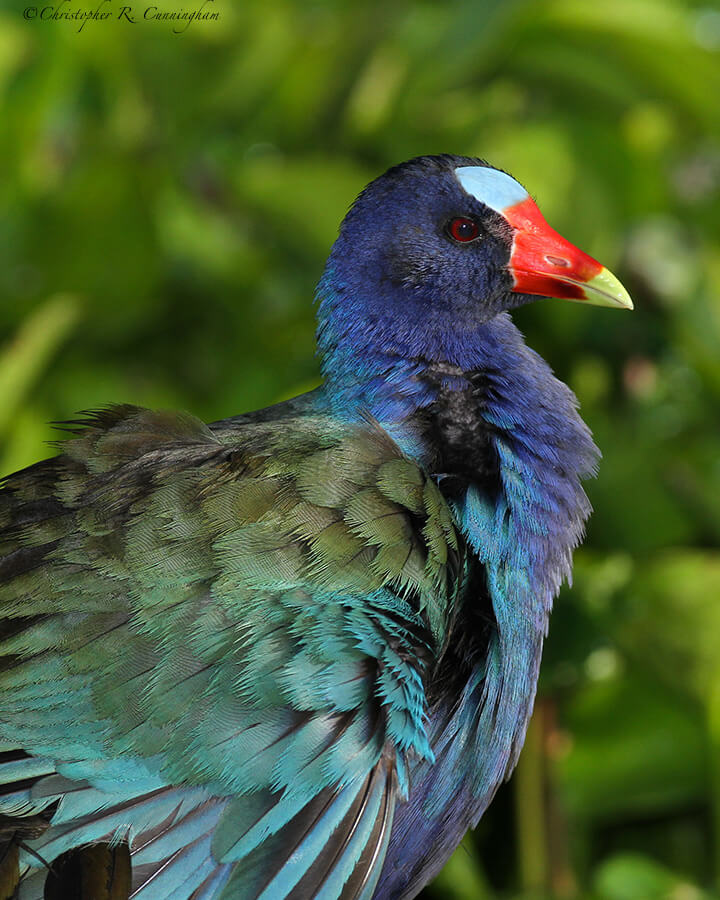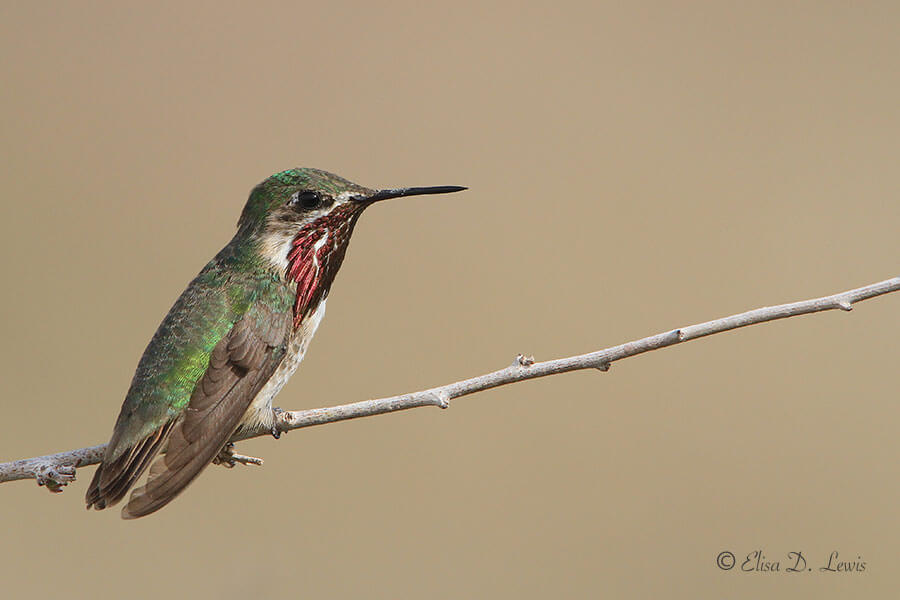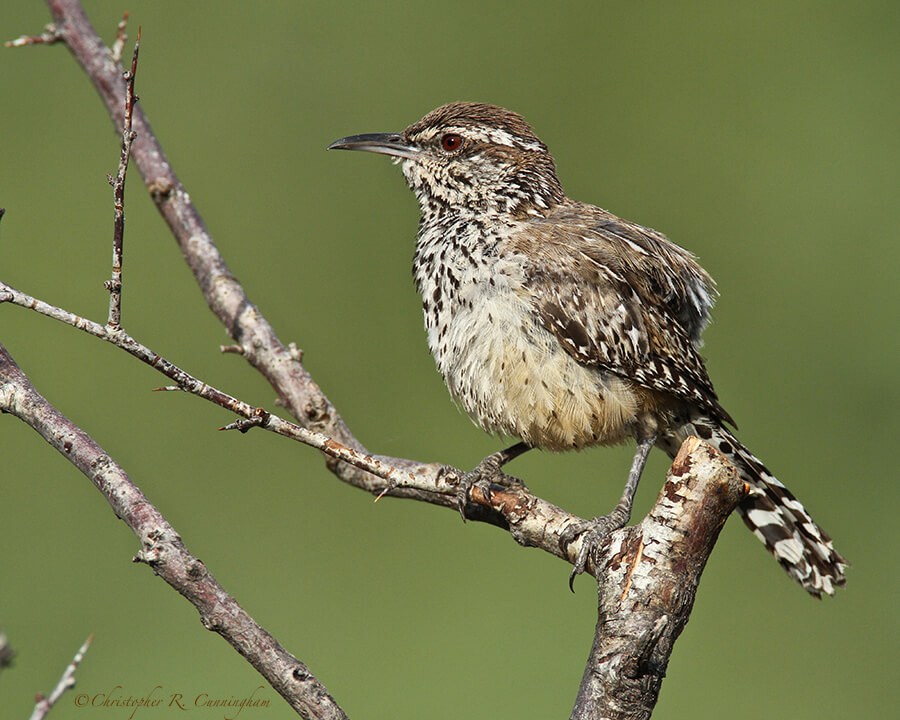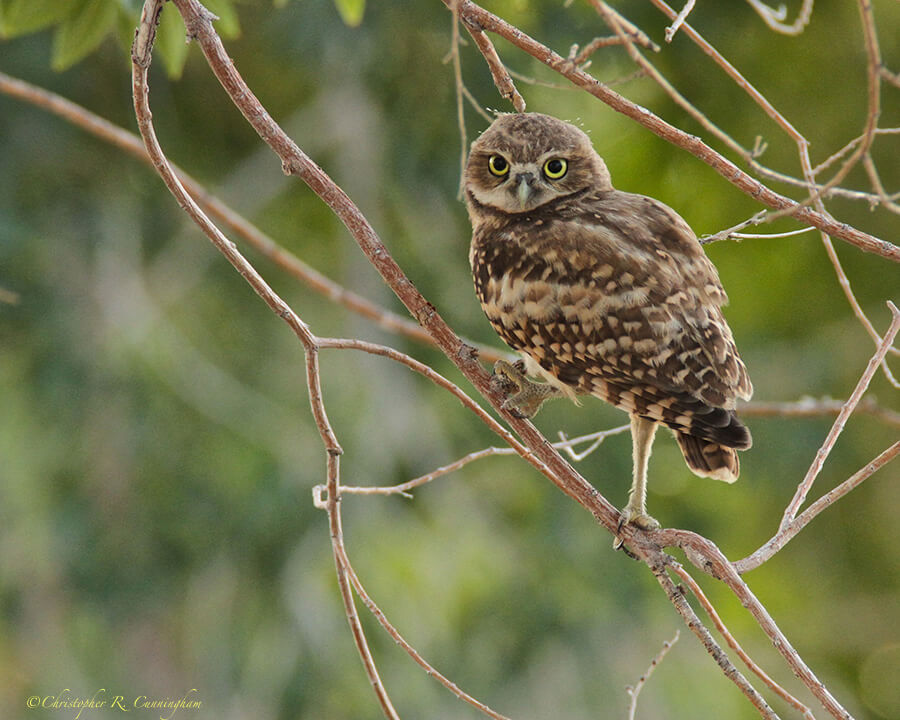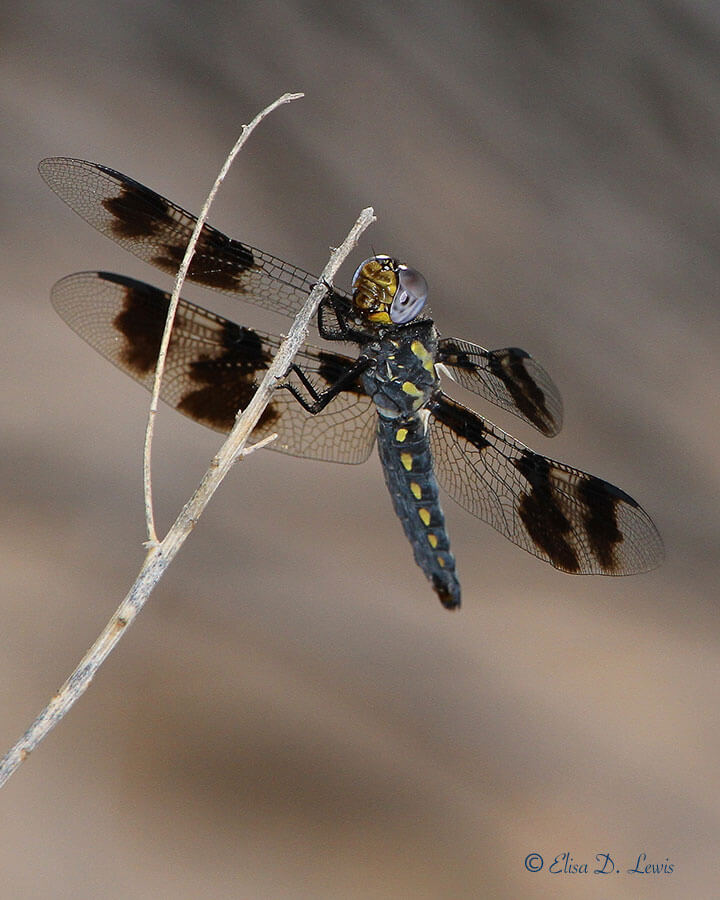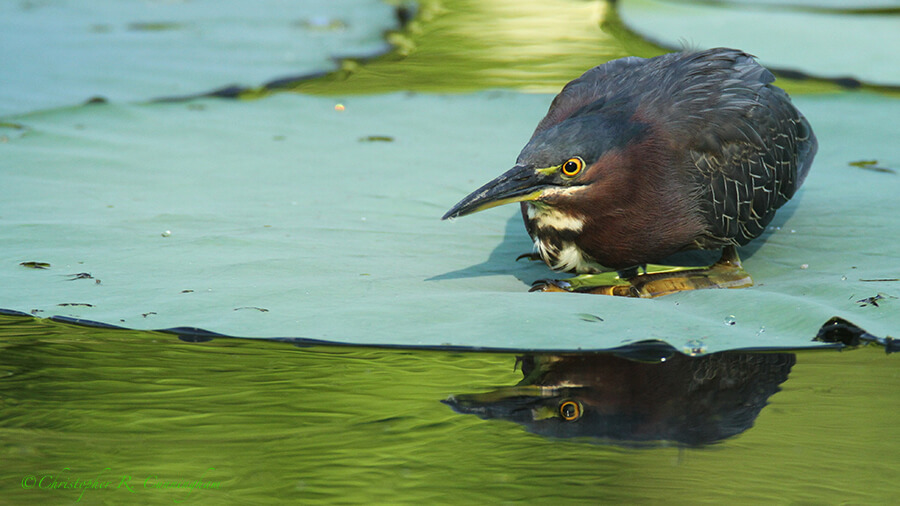
Even after several years of frequent wader-watching at Brazos Bend, these birds continue to reveal new tricks in their extensive repertoire of hunting strategies. Recently I observed a Green Heron resting on an American Lotus leaf. Green Herons are common at Brazos Bend, and they can often be seen hunting and fishing from aquatic vegetation and partly submerged logs. Birds usually stand on their toes. What was interesting in this case was that the bird was crouching low, resting on its toes and feet (digits and tarsometatarsi, respectively) near the edge of the plant. The bird peeked over the edge of the leaf, studied the surface of the water, and every so often shot out its long neck and snatched a small fish from near the surface of the water. Was the bird hiding from the fish below or studying the fish-produced ripples on the surface of the water, or both? In any case, it was fun to watch.
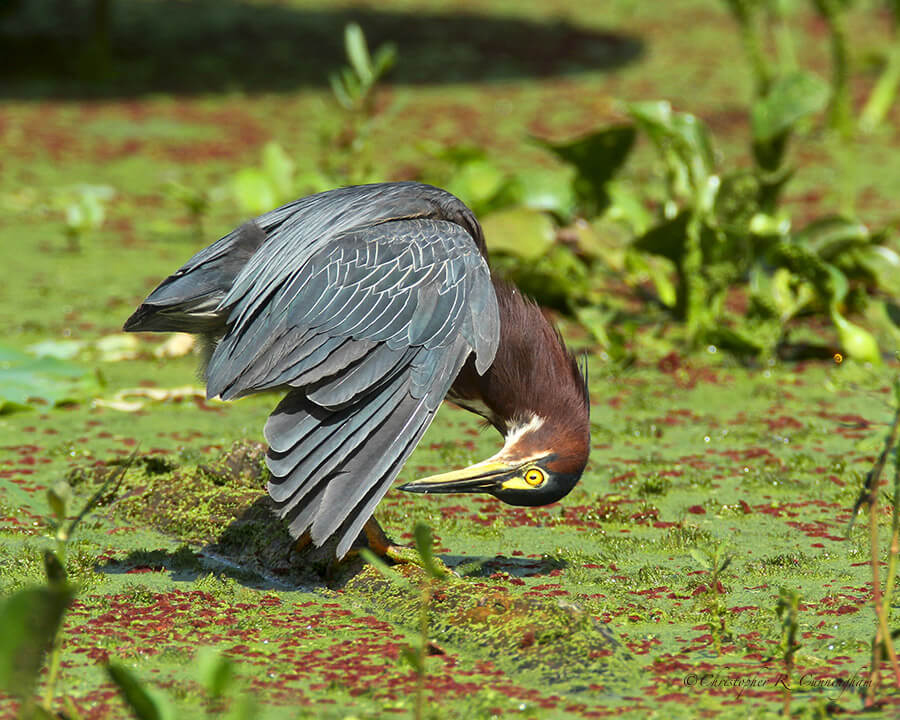
Waders are great preeners, constantly cleaning and fussing with their feathers. Usually preening means that the action is over for a while–so the photographer interested in capturing hunting and fishing scenes may just as well move on to another bird. However, this summer I caught a Green Heron using the brilliant sunlight to find snacks on its wings. The bird, shown above, held its wings up to the sun. The light streaming through the feathers presumably allowed the bird to spot parasites, pick them off, and eat them. Pretty neat: dining at home!
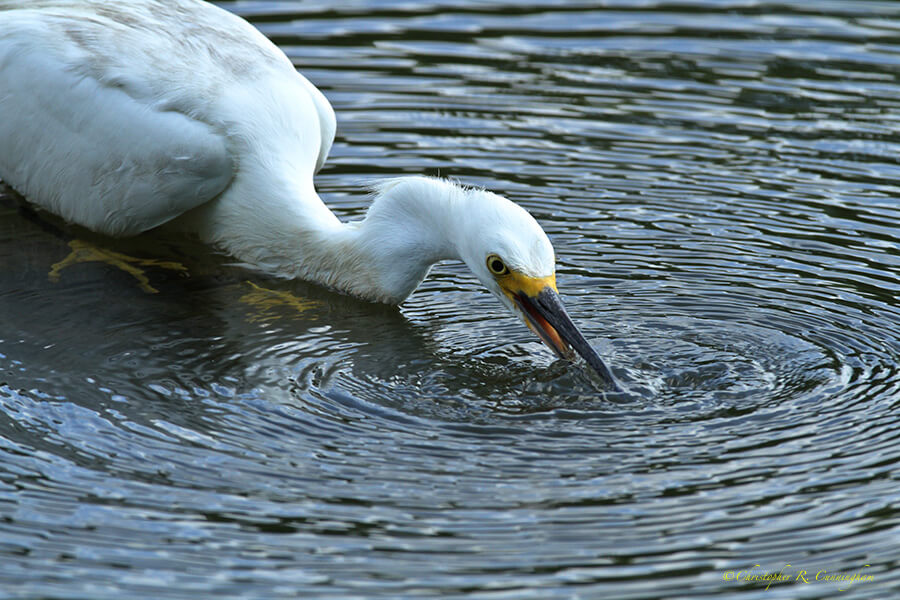
This summer at least one Snowy Egret spent a lot of time blowing bubbles (and making ripples). This bubbling clearly activity attracted a variety of prey, mostly small fish, that were quickly snapped up. Once, the bubbling attracted something that was too big to handle. I saw a disturbance in the water, and the bird ran away squawking–perhaps a big gar or bowfin came slithering up? I also caught a bubbling Snowy Egret resting on its toes and feet on a log (shown below).
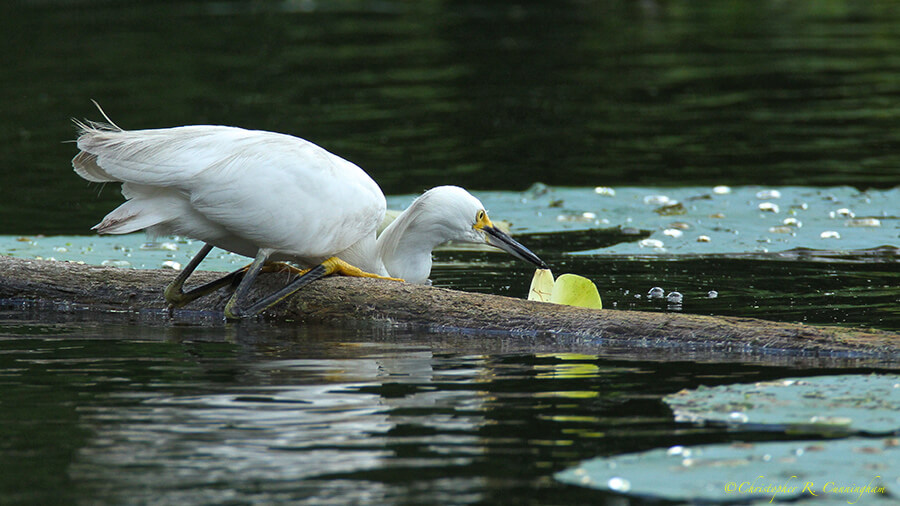
Although wary and uncooperative photographic subjects, Cattle Egrets are common in the grassy areas–and occasionally at the waters’ edge–at Brazos Bend. One day I saw a group of half a dozen Cattle Egrets stalking through the brush like a gang of young toughs grabbing dragonflies and spiders and whatever else moved. They strolled along together, a few feet apart, though the understory vegetation. If one bird flushed or disturbed a prey item an adjacent bird got a crack at it. Grasshoppers, spiders, dragonflies, maybe the occasional frog–down the hatch! Co-operation: it works!
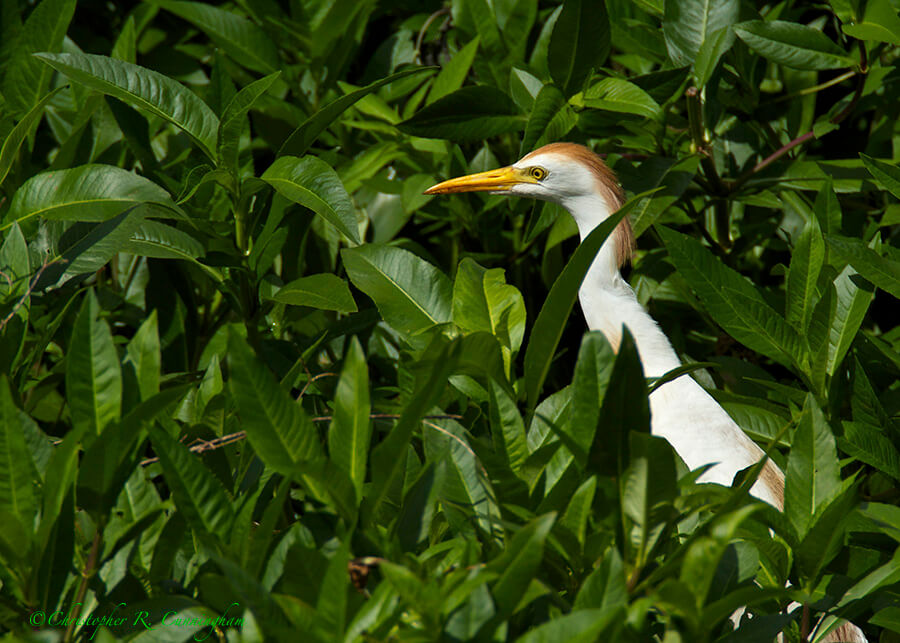
There’s a fine line between fishing and just standing on the shore like an idiot.—Steven Wright
©2013 Christopher R. Cunningham. All rights reserved. No text or images may be duplicated or distributed without permission.
